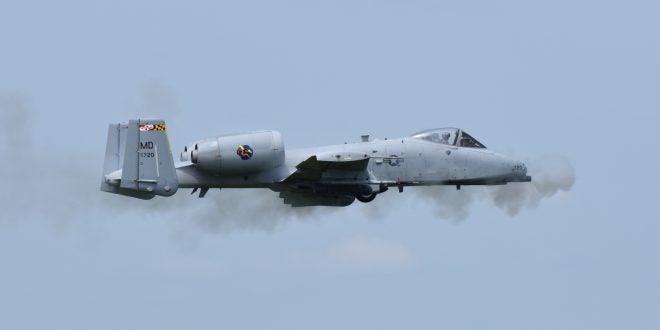Today’s Photo of the Day is the well-known Fairchild Republic A-10 Thunderbolt II, and you can imagine the sound its GAU-8 Avenger 30 mm rotary cannon makes as it engages a simulated target.
If not, you can listen to its distinctive sound in the video below.
According to Wikipedia 80% of the rounds fired at 4,000 feet (1,200 m) range hit within a 40-foot (12 m) diameter circle. That’s not a place you want to be around.
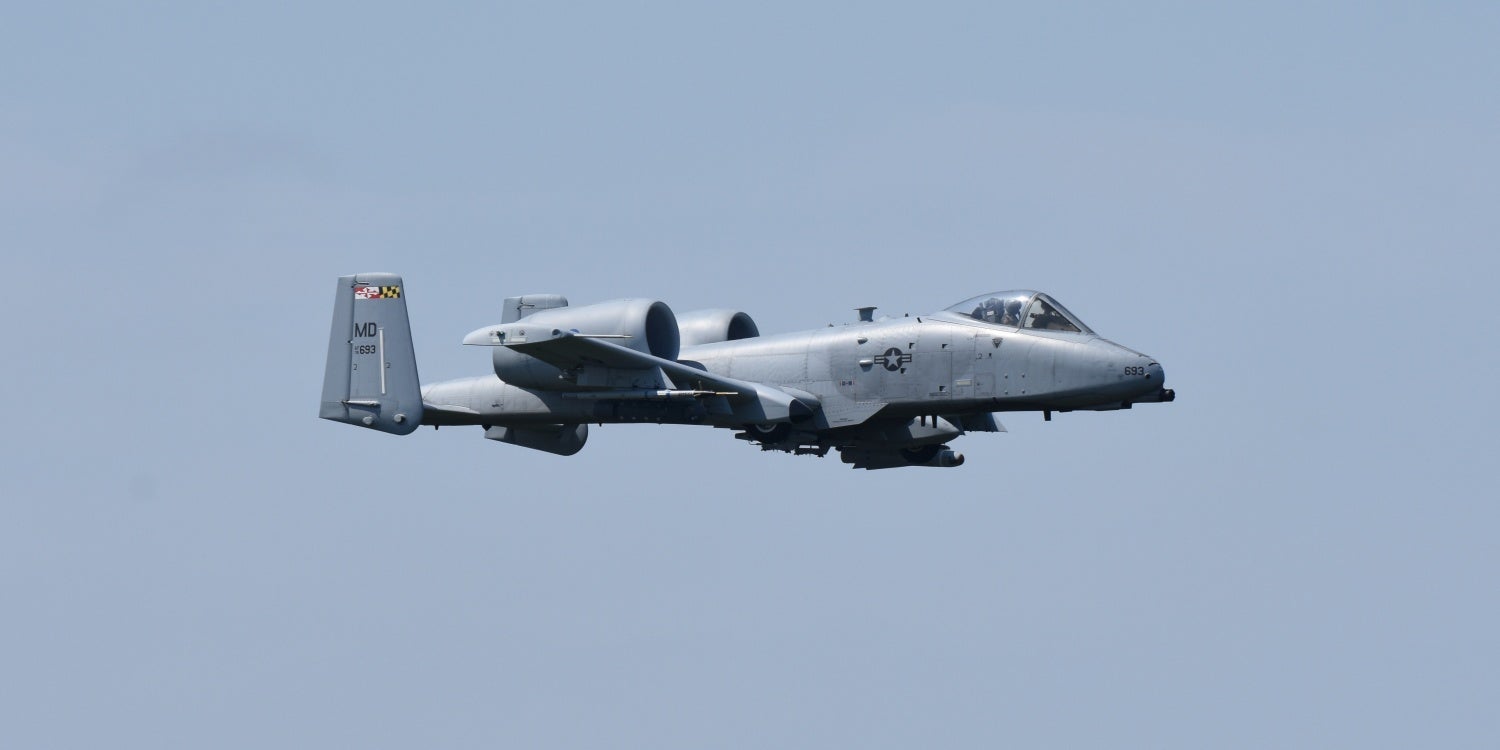
This A-10 Thunderbolt II is assigned to the Maryland Air National Guard’s 175th Wing.
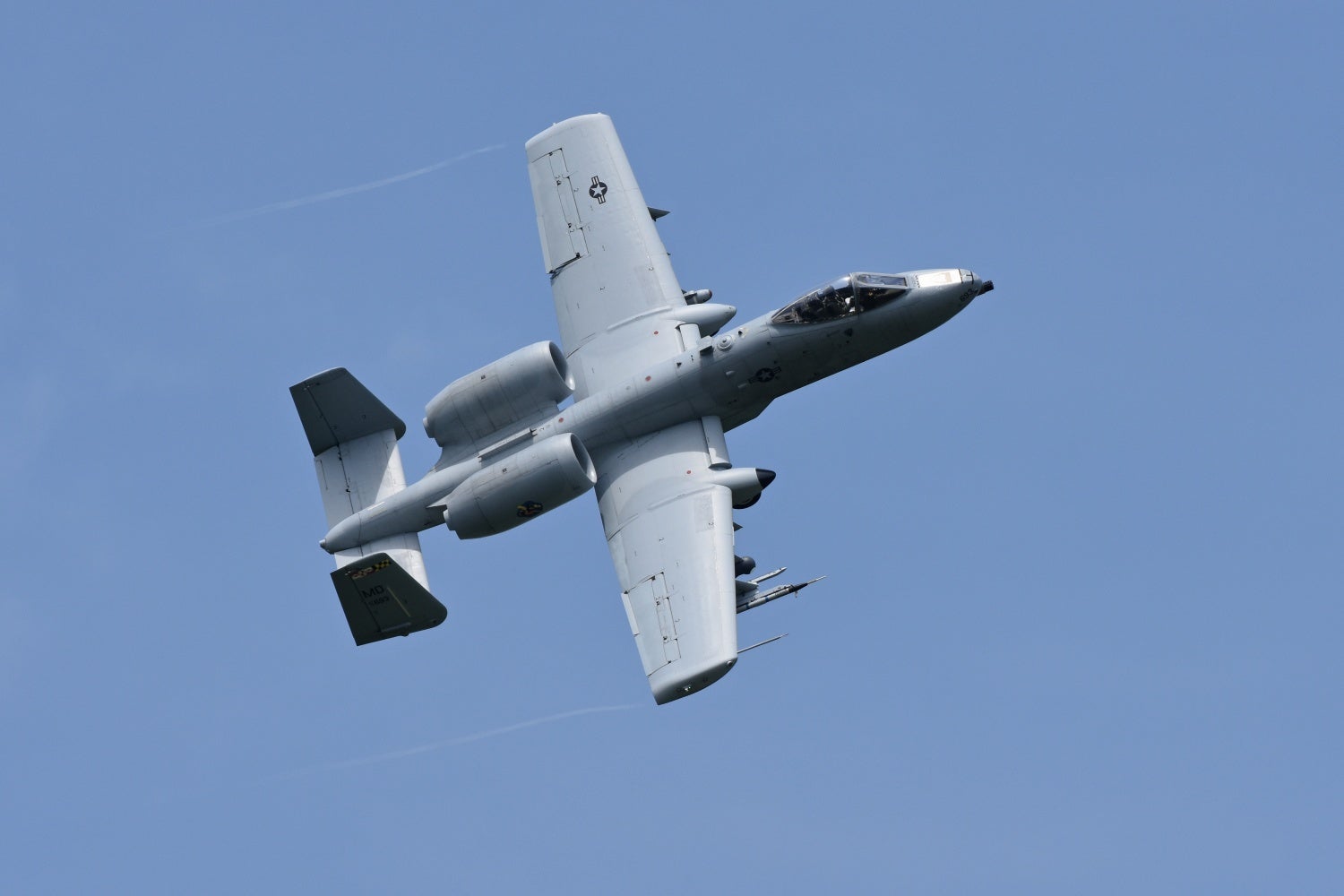
Below: A simulated anti-air missile system at the Hardwood Air-to-Ground Weapons Range in the military operating area of Volk Field Combat Readiness Training Center in central Wisconsin.
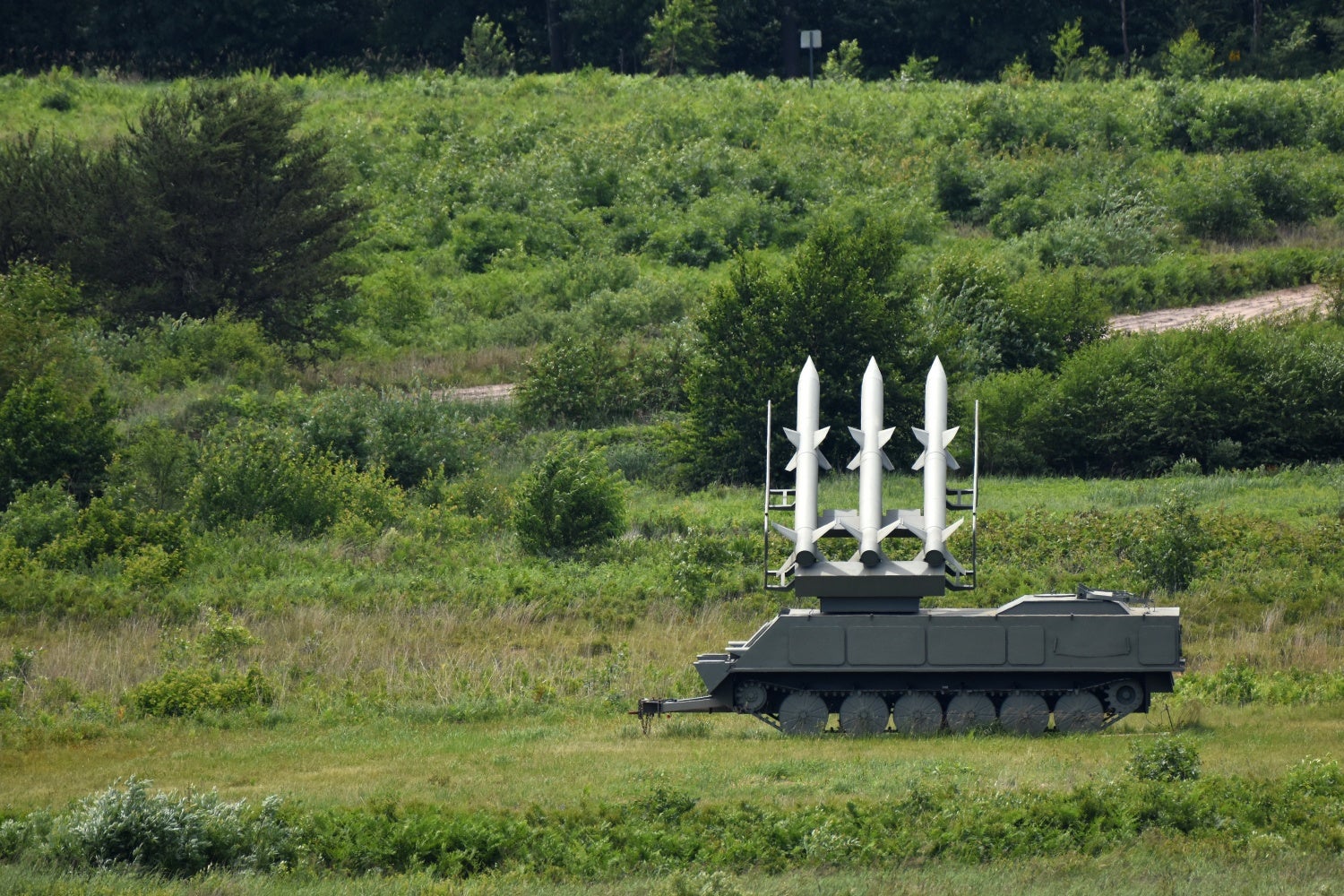
Photo: U.S. Air National Guard photo by Master Sgt. Paul Gorman
The mission of the Hardwood Range is to provide air-to-ground weapons delivery and threat awareness training for combat aircrews through the presentation of a variety of realistic target arrays and use of several types of threat emitter systems.
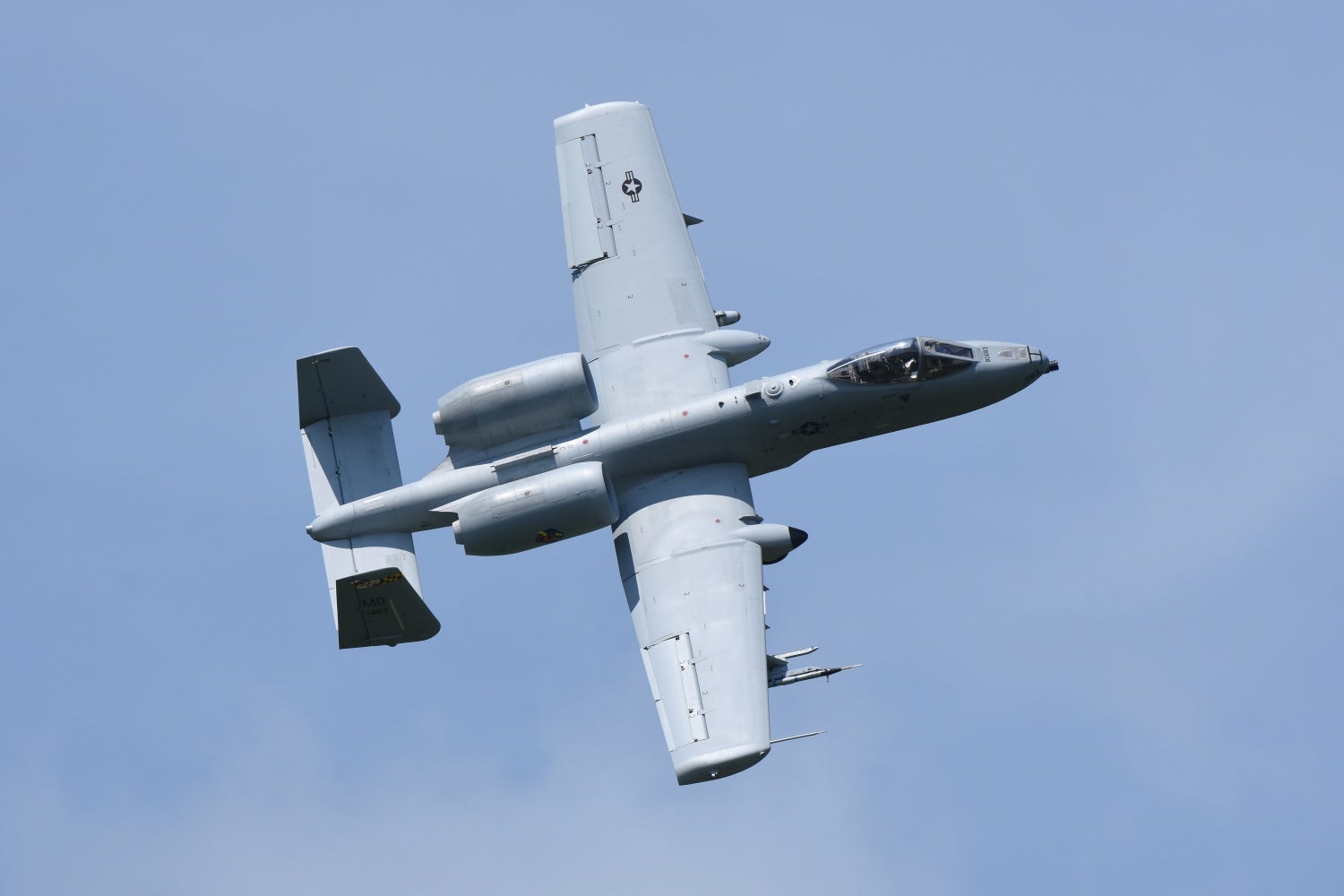
Above: An A-10 Thunderbolt II completes a strafing run intended to neutralize a simulated ground threat.
Below: Guysers of sand and earth errupt from the impact of multiple 30 mm bullets as A-10 Thunderbolt II aircraft strafe simulated threat targets during the CSAREX ’18 combat search and rescue exercise.
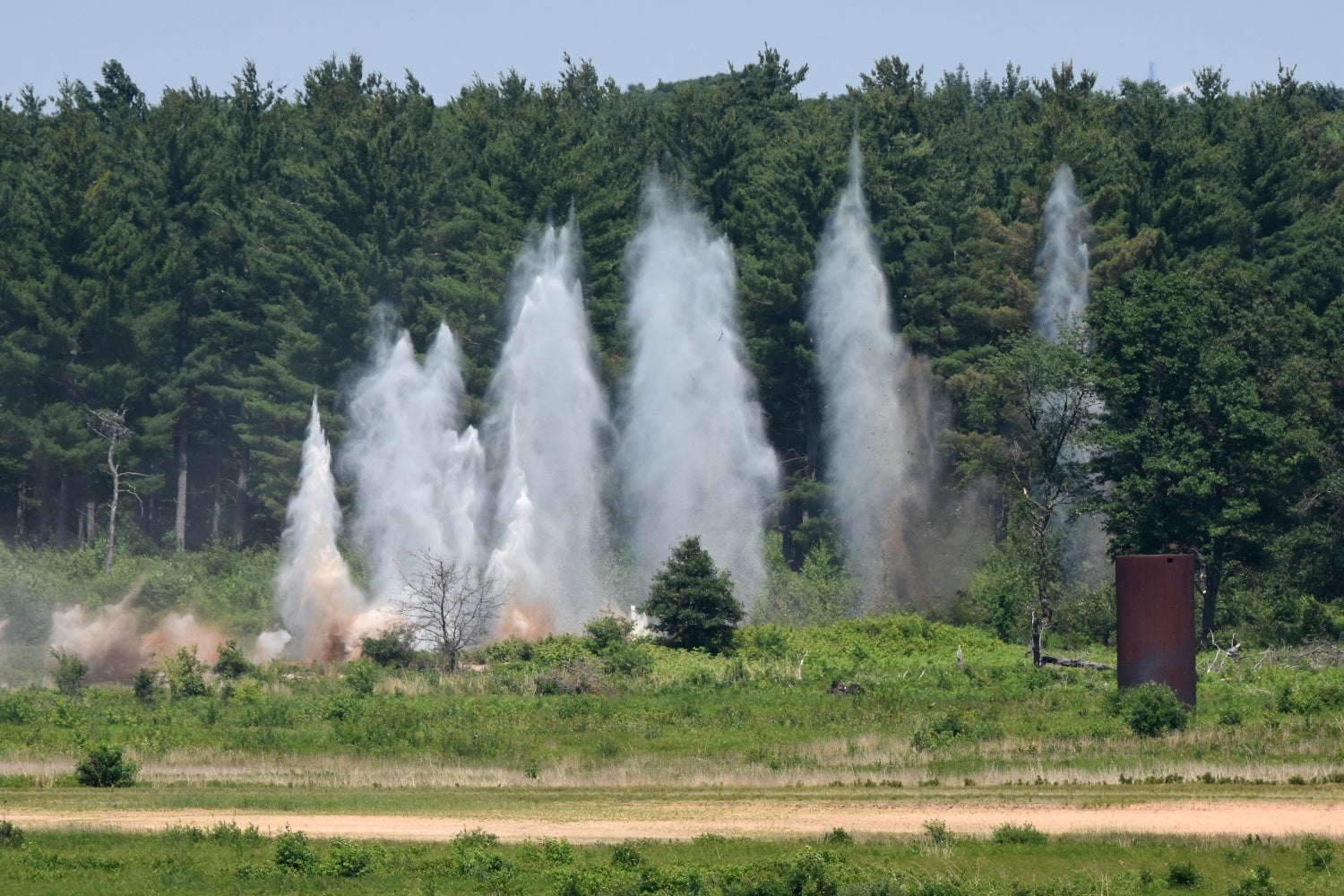
All pictures by U.S. Air National Guard photo by Master Sgt. Paul Gorman.
Here’s a video of the A-10 in action.
An interesting note from Wikipedia:
Because the gun’s recoil forces could push the entire plane off target during firing, the weapon itself is mounted laterally off-center, slightly to the port side of the fuselage centerline, with the actively “firing” barrel in the nine o’clock position (when viewed from the front of the aircraft), so that the firing barrel lies directly on the aircraft’s centerline.
The firing barrel also lies just below the aircraft’s center of gravity, being bore-sighted along a line 2 degrees below the aircraft’s line of flight. This arrangement accurately centers the recoil forces, preventing changes in aircraft pitch or yaw when fired. This configuration also leaves space for the front landing gear, which is mounted slightly off-center on the starboard side of the nose.
 Your Privacy Choices
Your Privacy Choices
